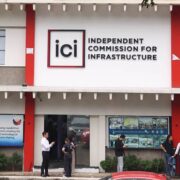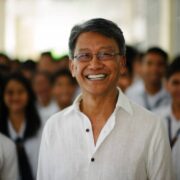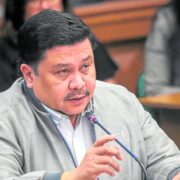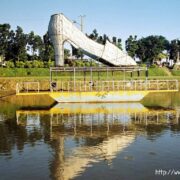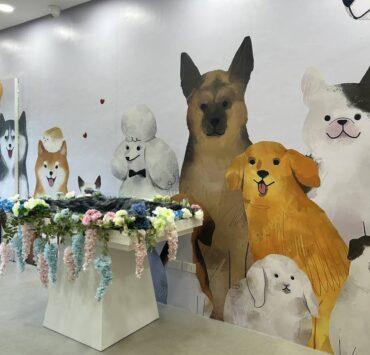Filipino architects join Asia’s call for carbon zero future
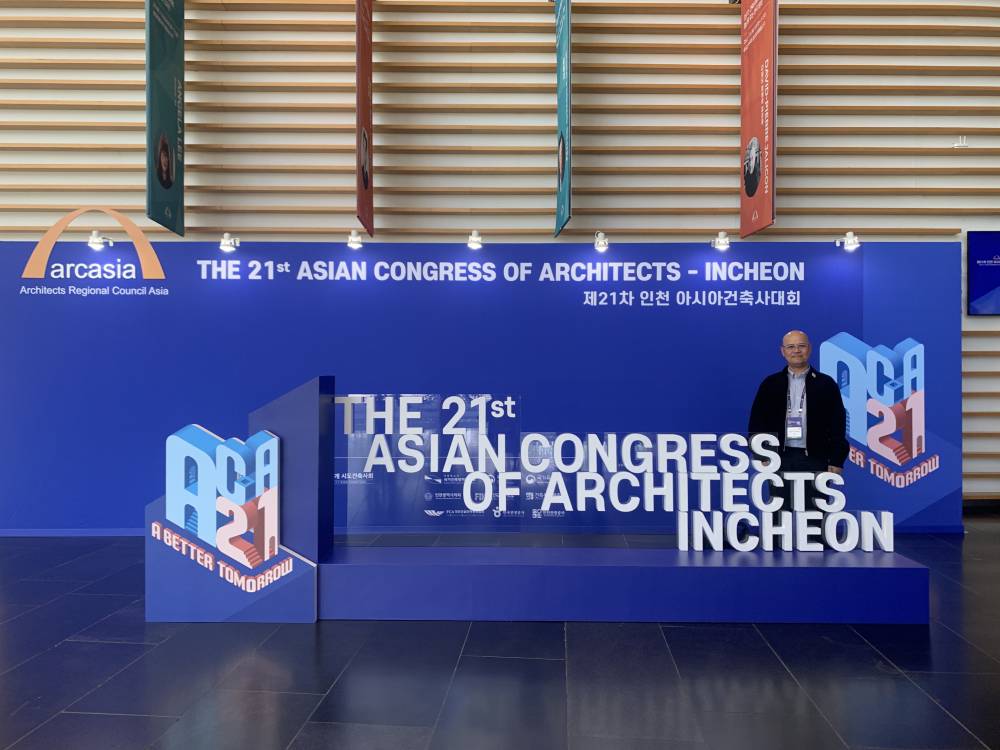
Incheon, South Korea—Filipino architects joined colleagues from across Asia at the 21st Asian Congress of Architects (ACA21), with the theme “Better Tomorrow.”
Held from September 8 to 12, this biennial Congress of the Architects Regional Council Asia (ARCASIA) brought together delegates from 21 member countries to discuss shared challenges in architecture and commit to collective solutions for the future.
The Philippine delegation was led by UAP national president Ar. Jonathan Manalad, PhD, FUAP, PIEP, who sat as an official council member of ARCASIA. He was joined by past UAP national presidents Ar. Yolanda Reyes, Ar. Edric Marco Florentino, and Ar. Ana Mangalino Ling, as well as national executive vice president Ar. Chona Ponce. Also present were Ar. Luke Soriquez and Ar. Jocelyn Rivera-Lutap, who attended committee sessions and engaged in technical discussions. Their combined presence represented continuity of leadership and the active role of Filipino architects in the regional community.
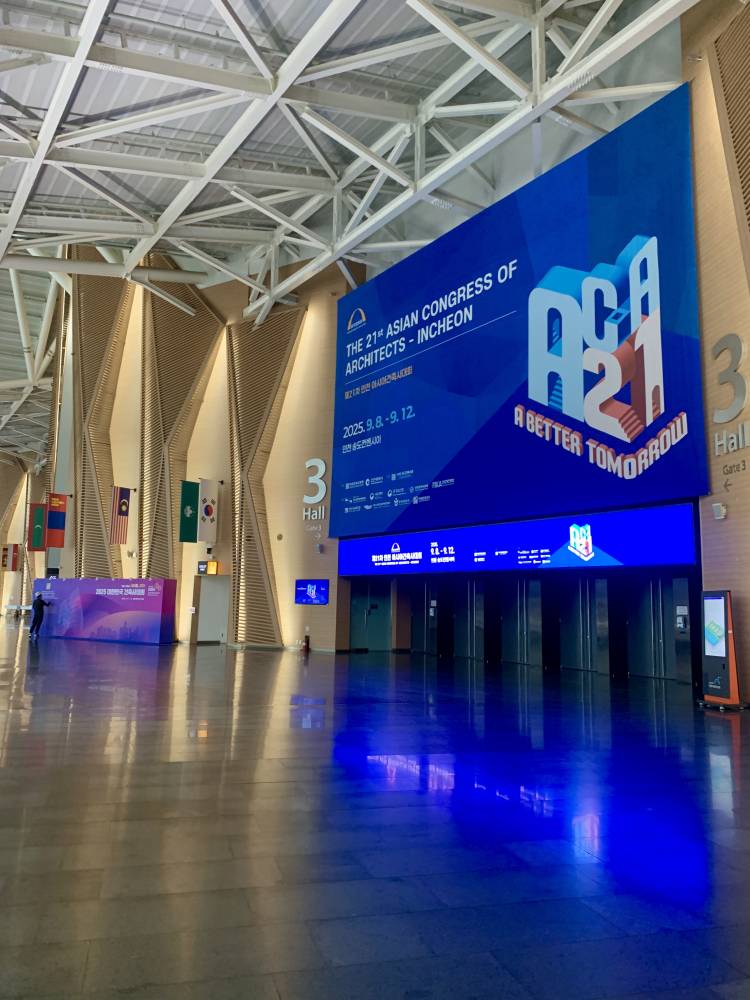
ARCASIA and its role
Founded in 1970, ARCASIA unites the national institutes of architects in Asia, representing millions of professionals.
Beyond its congresses, ARCASIA serves as a platform for collaboration, professional development, and advocacy, ensuring that Asian architects contribute meaningfully to global discussions on sustainability, inclusivity, and technological innovation. The Congress is the largest gathering held every two years to set directions for policy, practice, and cooperation.
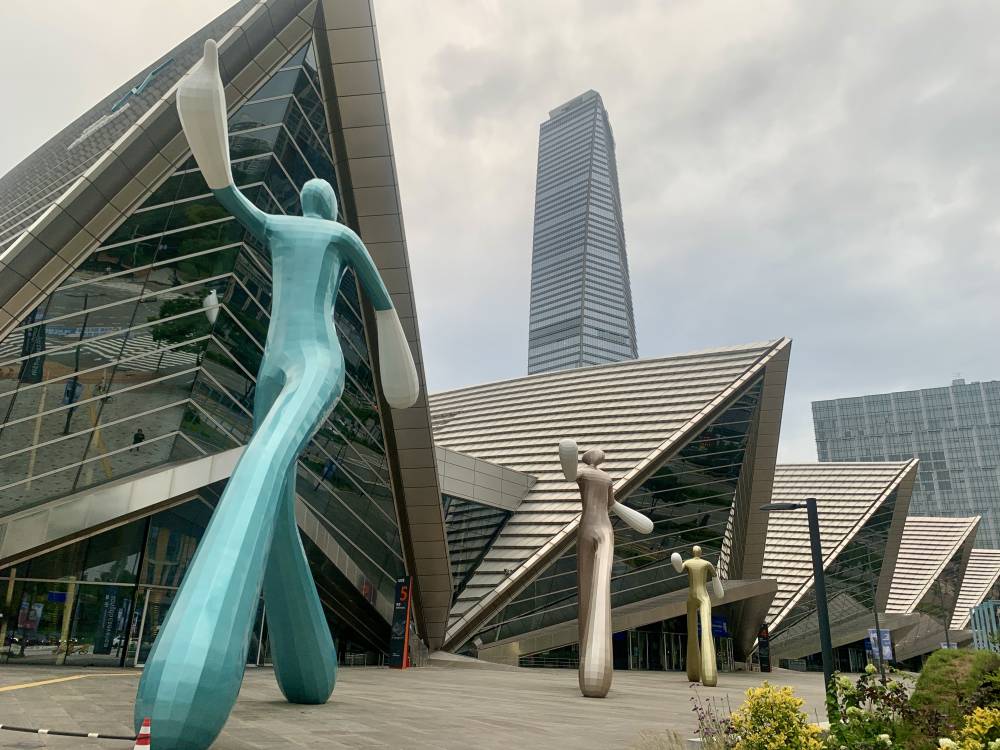
The work of ACGSA
Representing the Philippines through the UAP Green Architecture Movement, I joined the ARCASIA Committee on Green and Sustainable Architecture (ACGSA) meeting. I presented the Philippine report on programs, ordinances, and advocacies integrating green design into local practice.
ACGSA is a vital committee that leads the regional conversation on sustainability, climate resilience, and inclusivity. In this platform, delegates exchange best practices, present country reports, and work toward shared frameworks.
Listening to our neighbors’ experiences in renewable energy adoption, resilient housing, and community planning reminded me that while contexts differ, the challenges and aspirations of architects across Asia are shared.
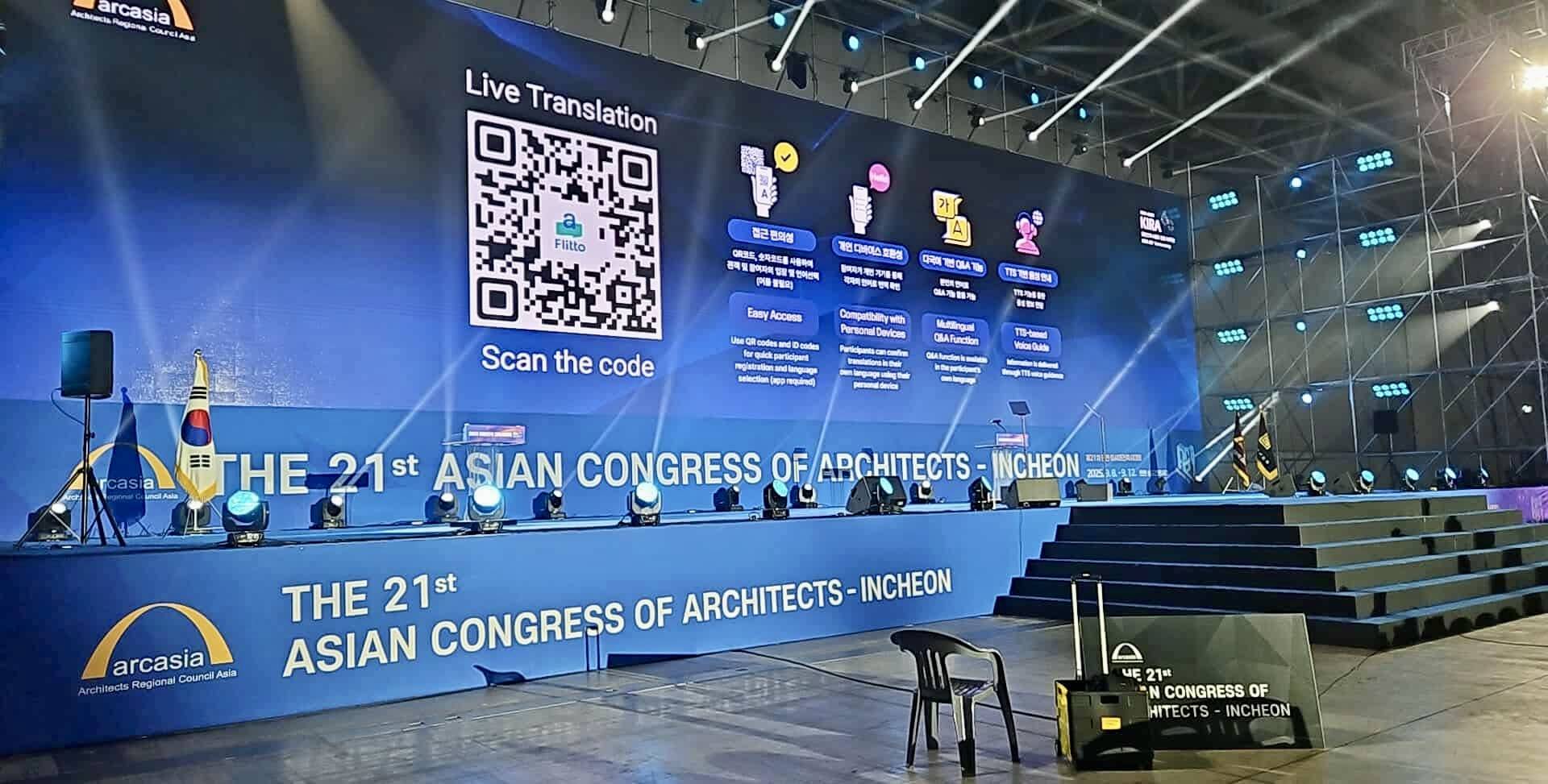
Carbon Zero Declaration
ACGSA, through its chairperson, Ar. IDr. Alice Leong Pek Lian had put forward the discussions and the adoption of the Declaration 2025: Carbon Zero-Architecture Next.
The declaration affirms the region’s commitment to addressing the climate crisis through architecture. It outlines pathways toward carbon-neutral design, responsible use of carbon capture and offsets, embedding ESG principles, strengthening education, and promoting innovation through collaboration.
For me, being part of this development was both humbling and inspiring. It underscored that architecture is not only about aesthetics and utility, but also about stewardship and about designing to ensure survival, equity, and resilience for future generations.
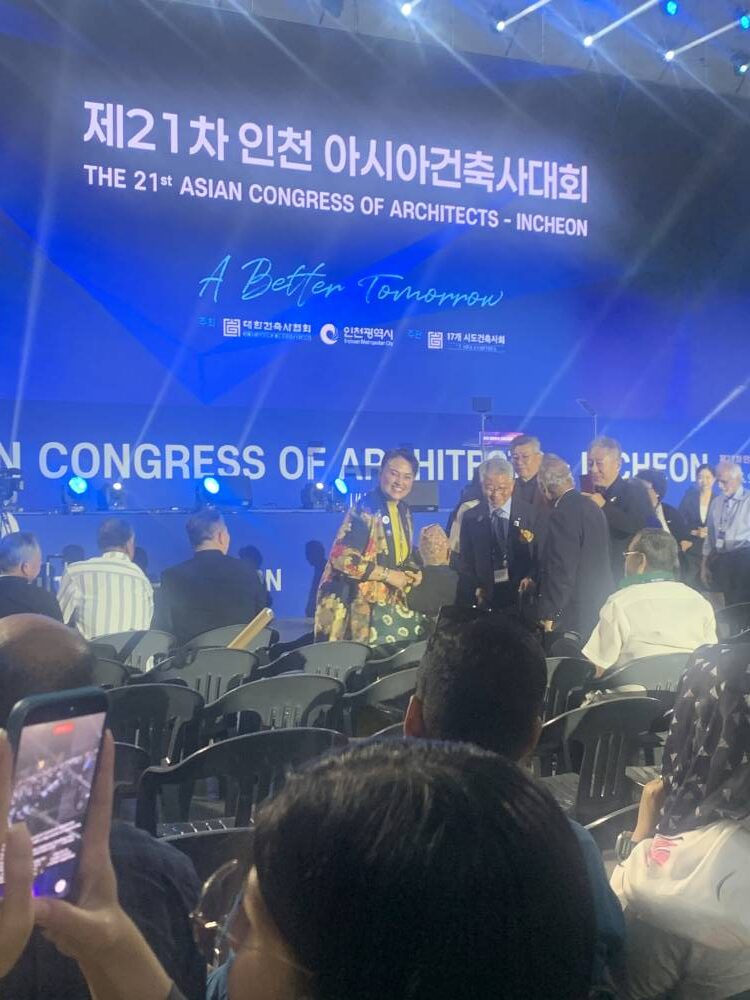
Takeaways for the Philippines
ACA21 left me with three key lessons.
First, architecture is regional and global—our profession thrives when ideas cross borders. Second, education is empowerment—sustainability must be taught as knowledge and values to the next generation. And third, commitment must be local—international frameworks are only as strong as their application in our cities and communities.
Moving forward
The strong presence of the UAP delegation in ACA21 demonstrated unity and leadership. Filipino architects reaffirmed their role as contributors to Asia’s shared vision of a Better Tomorrow by engaging in council meetings, committee sessions, and regional dialogue.
Through ARCASIA and the Carbon Zero Declaration, we have committed to a resilient, inclusive, and sustainable future. It is now up to us to turn this commitment into practice, ensuring that the built environment we shape today will serve future generations.
The author has more than 25 years of experience in architectural and interior design, corporate real estate, construction, property, and facilities management. He is also a pioneering LEED AP and WELL AP practitioner in the Philippines





